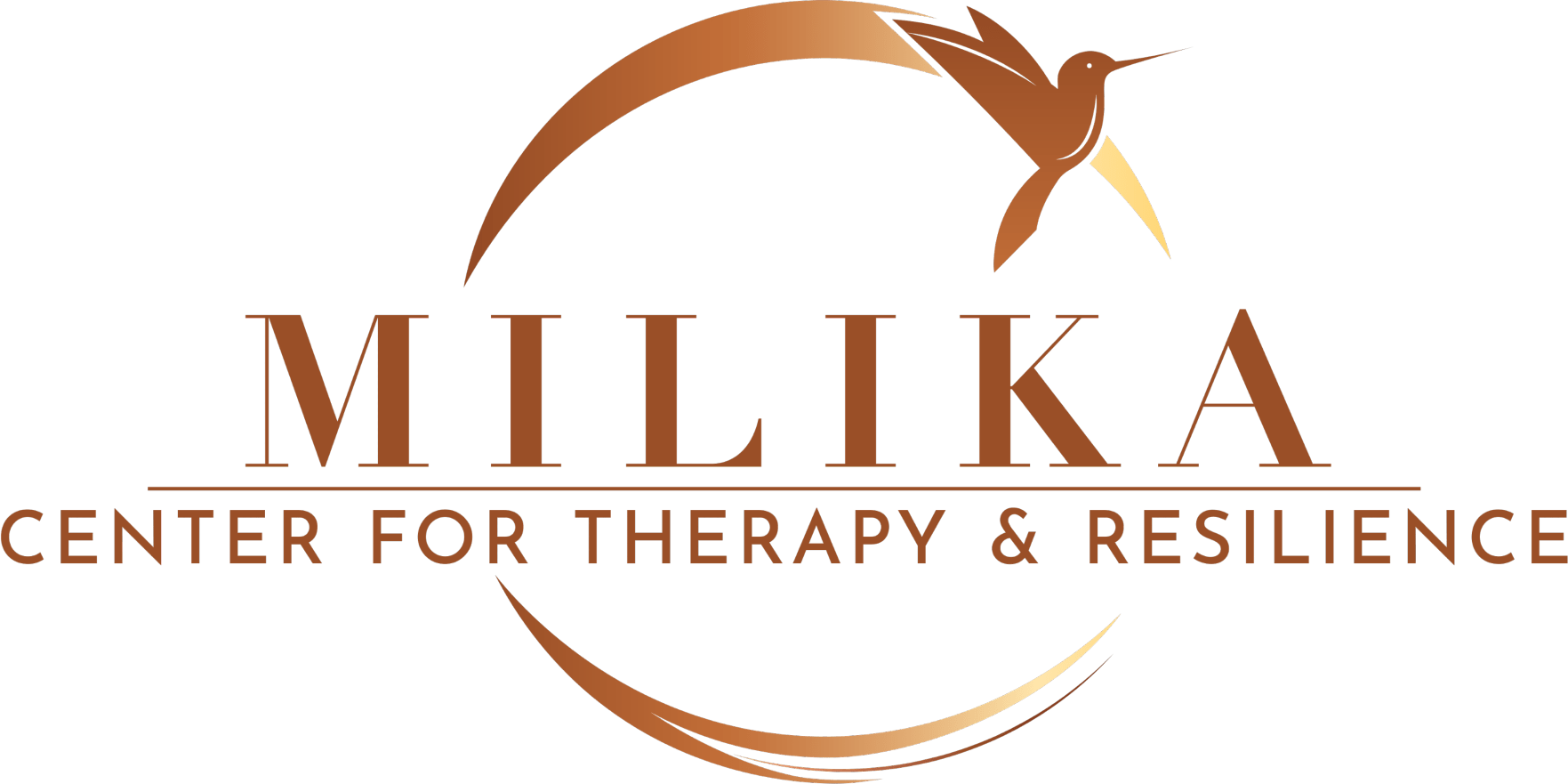Find Your Love Style This Valentine’s Day—Let MILIKA Help You Decode It!
February 14, 2025
Valentine’s Day is here again—the holiday of love, romance, and…attachment triggers? Whether you’re swooning over candlelit dinners or side-eyeing happy couples on Instagram, your experience of love is often shaped by something deeper than chocolate hearts: your attachment style.
Attachment styles shape how we connect with others, forming in early childhood and influencing relationships throughout life.
Secure attachment reflects comfort with both intimacy and independence, fostering trust, effective communication, and healthy conflict resolution.
Anxious (preoccupied) attachment is marked by a strong need for reassurance and fear of abandonment, often leading to overanalyzing interactions and emotional distress when partners seem distant.
Avoidant (dismissive) attachment prioritizes independence and emotional distance, making deep connections difficult due to discomfort with vulnerability.
Disorganized (fearful-avoidant) attachment combines a desire for closeness with a fear of intimacy, resulting in emotional highs and lows, often linked to early relational trauma.
While these patterns are shaped in childhood, they can be explored and reshaped through self-awareness, therapy, and intentional relationship work.
Understanding how you attach in relationships can make a significant difference—not just on Valentine’s Day, but in all your relationships. By gaining this self-awareness and understanding, you can take control and make positive changes in your relationships. So, grab your favorite snack (yes, even if it’s a heart-shaped cookie from your local coffee shop), and let’s dive into what your attachment style says about your Valentine’s experience!
The Secure Sweetheart: “Love is My Happy Place


What It Looks Like:
- You enjoy closeness but don’t cling.
- You trust your partner and communicate well.
- Valentine’s Day is a fun bonus, not an emotional rollercoaster.
Your Ideal Valentine’s Day:
A cozy night in or a fun date that focuses on connection rather than proving love. A handwritten note from your partner? Perfect. No big plans? Also fine!
Growth Tip:
Keep being your emotionally secure self, but don’t be afraid to help a more anxious or avoidant partner feel safe in love. Your calmness is your superpower.
The Anxious Admirer: “Do They Really Love Me?”

What It Looks Like:
- You crave reassurance and might feel on edge if plans seem uncertain.
- A late “Happy Valentine’s Day” text? Cue overanalyzing.
- You love deeply but sometimes overthink.
Ideal Valentine’s Day:
A day filled with heartfelt gestures and verbal affirmations. The more reassurance, the better!
Growth Tip:
Before assuming the worst, ask yourself: Is there real evidence my partner doesn’t care, or is my brain filling in the blanks? Try grounding techniques (like deep breathing) to ease the worry. And remember—you are lovable every day, not just on February 14th.
The Avoidant Lone Wolf: “Ugh, Romance Overload”
What It Looks Like:
- You love your independence.
- Too much emotional intensity makes you uncomfortable.
- Valentine’s Day? Meh. Why all the pressure?
Ideal Valentine’s Day:
Something low-key, like a casual dinner or celebrating a few days later, to avoid the hype.
Growth Tip:
If your partner values the holiday, find small ways to show love without feeling overwhelmed—a thoughtful text, a funny meme, or a simple acknowledgment can go a long way. And if deep connection scares you? Get curious instead of retreating.
The Disorganized Heart: “Love is a Puzzle”
What It Looks Like:
- You want closeness but also fear it.
- Relationships feel both exciting and scary.Valentine’s Day can stir up conflicting emotions.

Your Ideal Valentine’s Day:
It depends! One minute, you’re planning a romantic getaway; the next, you’re unsure if you even like the holiday.
Growth Tip:
Take time to reflect: What does love feel like when I feel safe? Work on recognizing patterns in your relationships and practice self-compassion when emotions get intense. Therapy, journaling, and inner work can help untangle the love-fear cycle.
So, What’s the Takeaway?
No matter your attachment style, Valentine’s Day isn’t a test of love—it’s an opportunity to understand how you give and receive love.
Whether you’re in a relationship or flying solo, understanding your attachment tendencies can transform your relationship experience.
Get Support:
Schedule a free 20-minute consultation with Milika Center for Therapy and Resilience to explore individual therapy or couples therapy, and discover new ways to build secure, fulfilling relationships.
Which attachment style sounds like you? Drop a comment and share your Valentine’s Day plans! ❤️
